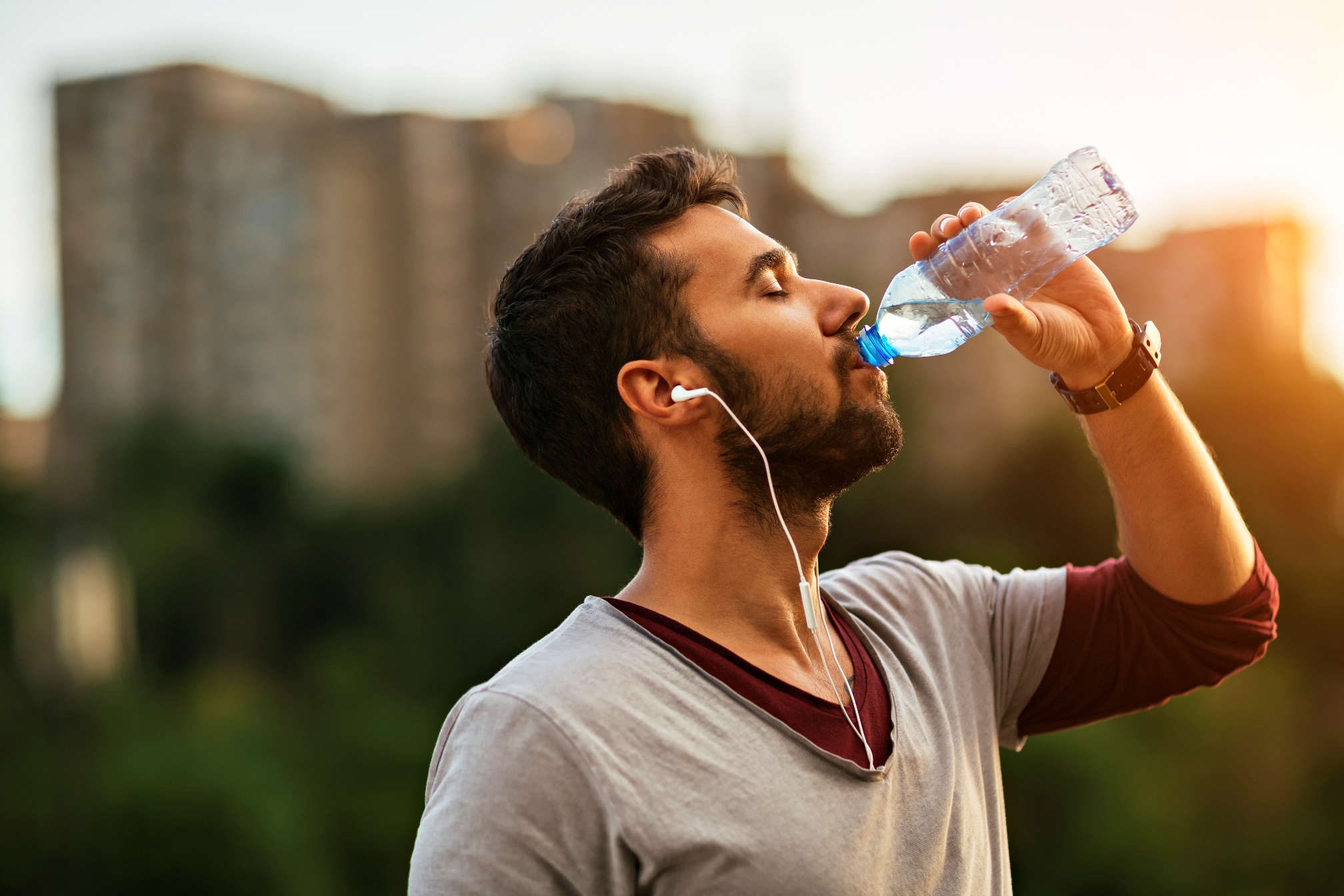 The scorching heat is right around the corner this weekend with heat warnings for nearly all of Arizona (Coconino, Yavapai, Graham, Pima, Cochise, Greenlee, Santa Cruz, Pinal, La Paz, Maricopa, Yuma, and Mohave Counties). Temperatures may reach 108 to 115 °F. High outdoor temperatures aren’t just an inconvenience; they’re dangerous. Year after year, nearly 2,000 people visit Arizona emergency rooms because of heat-related illnesses. Heat is the number one weather-related cause of death in Arizona and across the country.
The scorching heat is right around the corner this weekend with heat warnings for nearly all of Arizona (Coconino, Yavapai, Graham, Pima, Cochise, Greenlee, Santa Cruz, Pinal, La Paz, Maricopa, Yuma, and Mohave Counties). Temperatures may reach 108 to 115 °F. High outdoor temperatures aren’t just an inconvenience; they’re dangerous. Year after year, nearly 2,000 people visit Arizona emergency rooms because of heat-related illnesses. Heat is the number one weather-related cause of death in Arizona and across the country.
Fortunately, you can protect yourself during extreme heat with a few simple steps – stay cool, stay hydrated, and stay informed. Whenever you can, avoid spending time outside during the warmest hours of the day, usually 10 a.m. – 4 p.m. If you do go out, stop frequently at air-conditioned places and cool off. Drink lots of water, especially if you plan to be out during the hot part of the day. If you know you’re going to be out, start hydrating the night before.
Being alert to the signs and symptoms of heat-related illness is another way to protect yourself and others. You can find more information on preventing, recognizing, and treating heat-related illness on our Extreme Weather page. The Heat Relief Network coordinates hydration stations, refuge locations, and donation sites throughout the Valley. You can visit one of these spots to get relief from the heat. Another way to stay safe is to be informed by signing up to receive heat alert notifications. These alerts will notify you when temperatures are forecasted to be particularly dangerous.
The Arizona Extreme Weather and Public Health Program offers valuable resources and information to help you stay safe during the heat season, including toolkits designed to protect those who may be most vulnerable to the effects of extreme heat, such as older adults, outdoor workers, and school children.









